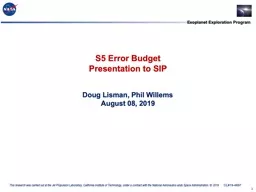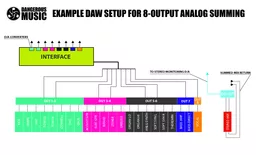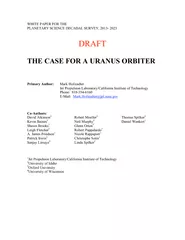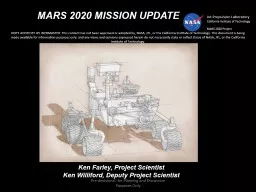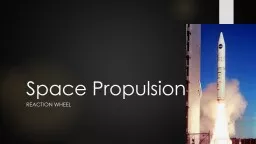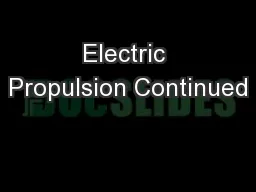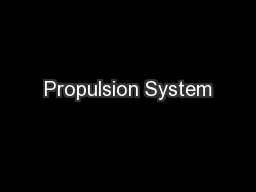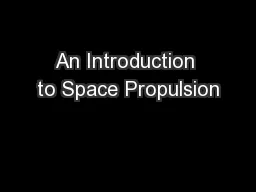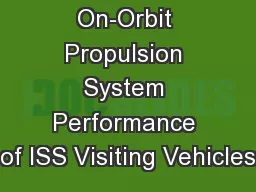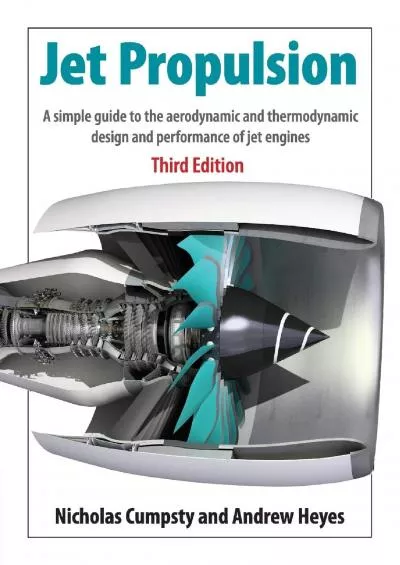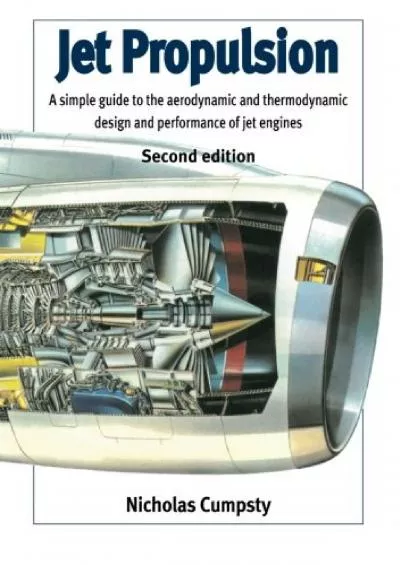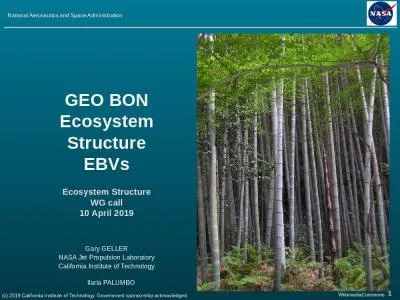PPT-1 This research was carried out at the Jet Propulsion Laboratory, California Institute
Author : evadeshell | Published Date : 2020-08-29
2019 CL194897 S5 Error Budget Presentation to SIP Doug Lisman Phil Willems August 08 2019 Overview A top level S5 error budget is presented herein that identifies
Presentation Embed Code
Download Presentation
Download Presentation The PPT/PDF document "1 This research was carried out at the J..." is the property of its rightful owner. Permission is granted to download and print the materials on this website for personal, non-commercial use only, and to display it on your personal computer provided you do not modify the materials and that you retain all copyright notices contained in the materials. By downloading content from our website, you accept the terms of this agreement.
1 This research was carried out at the Jet Propulsion Laboratory, California Institute: Transcript
Download Rules Of Document
"1 This research was carried out at the Jet Propulsion Laboratory, California Institute"The content belongs to its owner. You may download and print it for personal use, without modification, and keep all copyright notices. By downloading, you agree to these terms.
Related Documents

